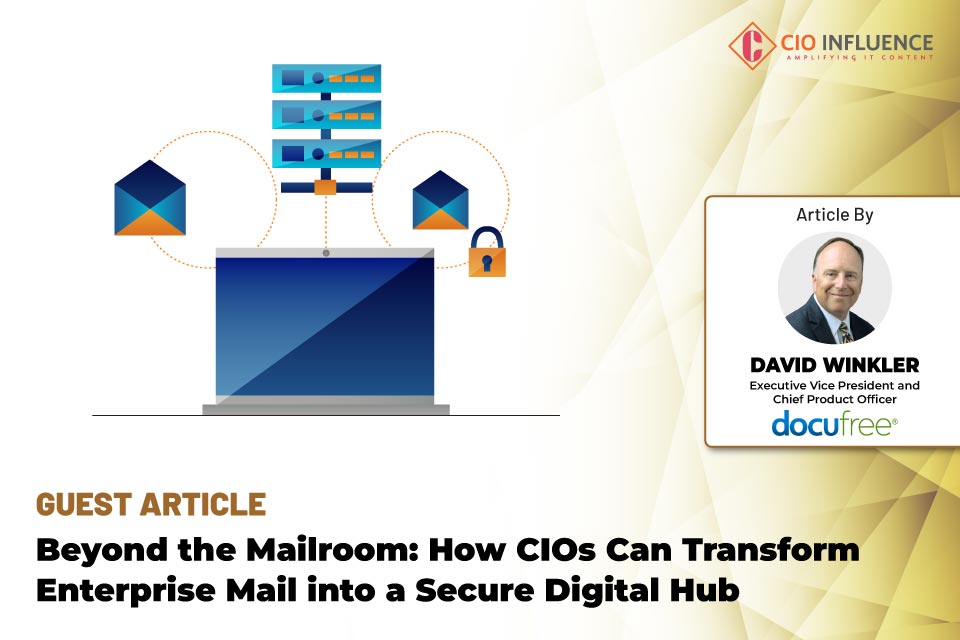This article was originally published on HR Daily Advisor.
COVID-19 caused much of the labor force to suddenly switch to remote work, transforming the traditional workplace as we know it. One study found that only 15% of those employed pre-COVID-19 worked from home; the number of these workers ballooned after the pandemic by an additional 35%, indicating that fully half of the employed labor force was working from home.[i]
This type of unexpected pivot put immense pressure on HR departments to continue to operate under “normal” business operations—at least as much as possible.
Our “new world of work” now requires company HR information to be as mobile as its workforce.
Information Challenges Existed in HR Pre-Pandemic
Well before COVID-19 started impacting the business world, HR professionals were already struggling with gathering, managing, and extracting value from the sea of documents moving in and out of their departments. HR professionals were constantly challenged to secure and regulate information while making it easily accessible when it was scattered everywhere, processed separately, and managed by different people.
The main reasons HR departments struggle with information management:
- Huge volumes of information are being created and received every day.
- Information is coming from different sources, such as applicants, employees, managers, external partners, auditors, and government entities.
- Information flows through multiple channels, including postal mail, e-mails, faxes, Web forms, digital files, and data imports, in different formats.
- Information is living in disconnected silos, from file cabinets and fax machines to inboxes and various HR systems only accessible from the office or by certain people.
- The lack of standardized controls has led to a fragmented view through which HR departments don’t know what information they have, where it is, who has access to it, and whether the policies for retrieval and compliance are being followed.
Needless to say, the pandemic’s forcing the majority of companies to move to a work-from-home model compounded these challenges tenfold.
Digital Solutions to Support the New Way to Work
Pre-pandemic, we saw a business landscape where HR departments were slowly moving from a heavy, document-centric workstyle to one that was more data-centric. However, COVID-19 fast-tracked that movement.
In order for companies to run their HR processes efficiently and effectively—day in and day out—within a hybrid workplace model, HR professionals need the right technology tools to support those processes, with capabilities to:
- Capture and import incoming documents from all sources (i.e., paper, electronic, etc.).
- Automatically process those documents, identifying, categorizing, and digitally housing by type.
- Deliver that information to the right people, repositories, and HR systems—and make it accessible 24/7.
Taking these needs into account, the following not-so-obvious technologies will be essential for HR departments that want to successfully operate within a hybrid work environment:
Digital mailrooms: An exorbitant number of HR documents are still in paper form. Companies—large and small—have business-essential mailstreams coming through the U.S. Postal Service in physical form that have to be captured, data-extrapolated, and then married with electronic counterparts. This process can be a logistical nightmare for HR staff. A digital mailroom means HR staff members never have to physically open mail or manually process inbound documents again. The most sophisticated digital mailrooms capture incoming documents and data from every source, integrating them with HR systems and distributing them across an organization to provide quicker access to the information a workforce needs, when and where it needs it.
Electronic signatures: An e-signature service can automate any signing and approval process to bring the experience completely online. Innovative e-sign tools make it easy to get HR documents completed, signed, and approved quicker from anywhere, on any device, and according to organizational rules. HR staff can onboard new hires, manage changes to benefits, and execute any other employment contractual process with speed, simplicity, and precision. HR always knows where a document stands, without the hassle of constant follow-ups, and can deliver a superior signing experience that’s effortless, secure, and legally compliant.
Integrated content services for ADP: ADP is the largest supplier of payroll, time, and attendance services, as well as HR outsourcing services, in the world, providing services to 860,000 companies in 140 countries. If an organization relies on ADP solutions to run its HR processes, then there are comprehensive content management services that automatically capture documents and turn them into meaningful, organized, and consolidated information that’s consistently managed, controlled, and readily available to the ADP applications that need it. There are also integrations with ADP® Recruiting Management that can provide HR staff with effortless access and administration of all new hire documents.
Hybrid Operational Reality May Be Here to Stay
While return to work looked closer than expected this spring as the number of vaccinated increased and COVID-19 infections leveled off, the spread of the highly contagious delta variant has changed all that. Many companies are now pivoting and pushing their full return plans into 2022.
While the coronavirus will not eliminate the physical office altogether, it has changed the traditional workplace for the foreseeable future. Recent PwC research shows 73% of employees want to work remotely at least 2 days a week, even once the pandemic ends. Correspondingly, 55% of executives surveyed said they are prepared to expand remote working.[i]
With this type of mindset, it could be challenging for many companies to return to pre-pandemic levels of in-office work. As a result, many organizations are beginning to accept the reality that the hybrid workplace may be here to stay. Through careful planning, implementation, and HR-focused technologies, hybrid workplaces will certainly find a foothold in companies of all sizes.




